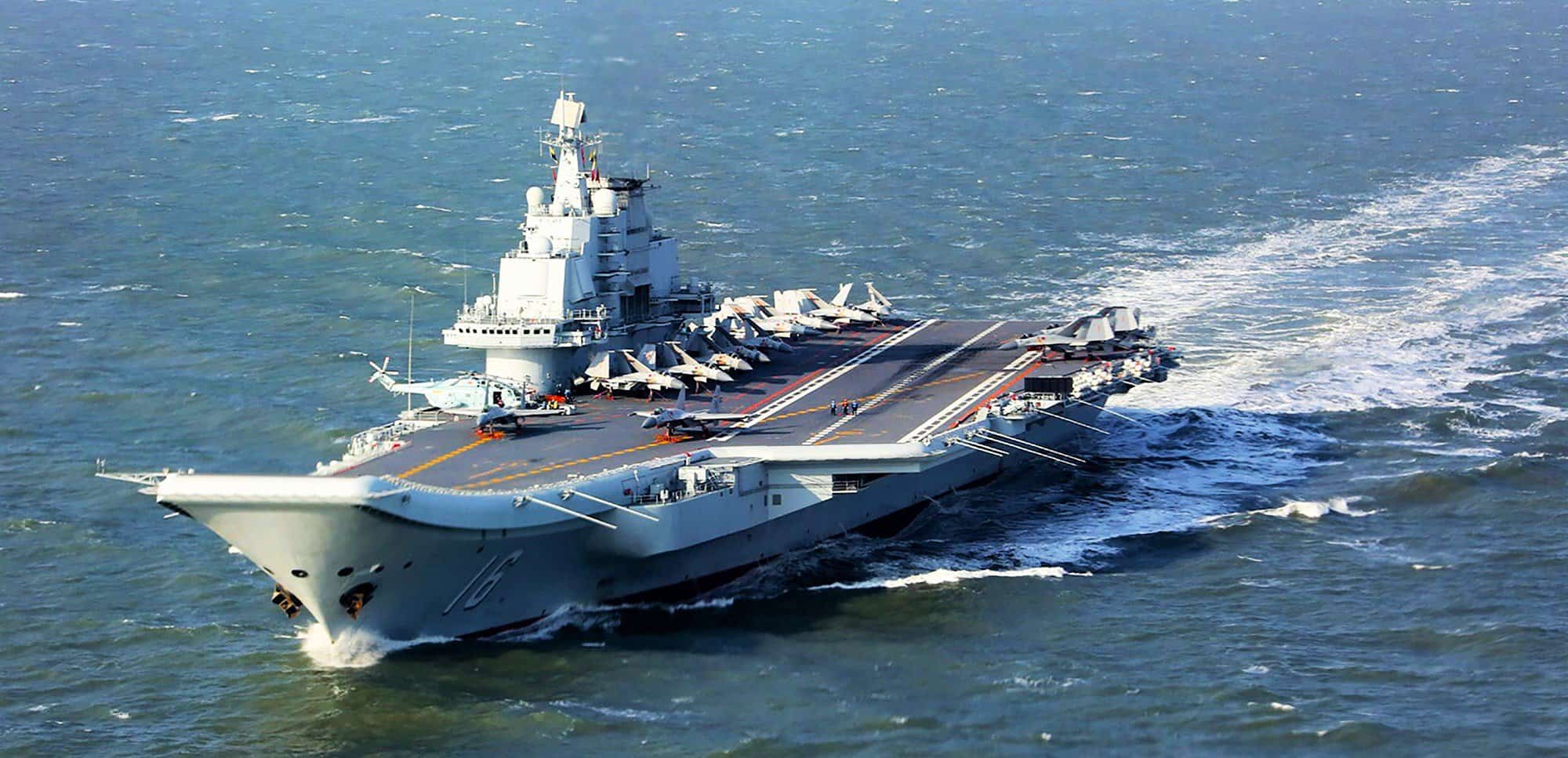China’s newest aircraft carrier has for the first time practiced attacking Taiwan from the island’s east coast, demonstrating Beijing’s growing determination to project power beyond the Taiwan Strait and far into the Pacific Ocean, an area traditionally dominated by the United States and its regional allies.
A record 91 Chinese warplanes flew near Taiwanese airspace on the final day of exercises, Taiwan’s Defense Ministry reported on Tuesday. Fifteen of those incursions were J-15 fighter jets launched from the Shandong, China’s newest aircraft carrier.
Focusing drills on the western Pacific was also intended to warn Washington against coming to Taipei’s defense if China attacks, said Lin Ying-yu, a professor of international relations at Tamkang University in Taiwan. The United States has a large military base on the island of Guam in the western Pacific, a forward position in the region.
China made no secret that it intended to send a message to the United States and its allies by expanding into the western Pacific.
Zhao Xiaozhou, a researcher at the People’s Liberation Army’s Academy of Military Science, described the exercises as being designed to first establish control of the air, sea and communication, simulate an attack on Taiwan, then practice deterring foreign support for Taiwan.
Chinese firepower or warships should “all extend to the east of Taiwan” and toward the Pacific Ocean, which will “de facto prevent the intervention of outside forces,” he told state broadcaster CGTN.
Taiwan’s Foreign Ministry accused China of attempting to unilaterally change the unspoken rules that have for decades prevented simmering cross-strait tensions erupting into open military conflict.
“It’s abundantly clear that the drills are bellicose militarism and an attempt to change the status quo and establish new red lines,” it said in a statement on Monday.
Even after drills had officially ended, Chinese warplanes continued to fly close to Taiwanese airspace on Tuesday, piling pressure on Taiwan’s overworked air force. As of 11 a.m. local time, 14 aircraft had crossed the median line of the Taiwan Strait, an unofficial boundary down the middle of the waterway, Taiwan’s Defense Ministry reported.
The show of force was in retaliation for Taiwanese President Tsai Ing-wen meeting with House Speaker Kevin McCarthy (R-Calif.) in Los Angeles last week. It underscored the Chinese Communist Party’s deep dislike of American moves to strengthen its unofficial relationship with Taiwan, which Beijing claims is part of its territory.
The self-governing island democracy’s 23 million residents have shown little interest in submitting to rule by Beijing, but that hasn’t stopped China from regularly threatening to take control by force.
Tsai, responding to the drills on Monday, said China’s behavior was “not the approach of a responsible regional power.”
Representing Taiwan overseas, including in the United States, “is not only commonplace but also the common expectation of the Taiwanese people,” she wrote on Facebook. “But China uses this to cause instability in Taiwan and the region.”
The growing frequency and scale of China’s operations — as well as American efforts to work with allies to counter Beijing — have caused a spike in military activity throughout the region.
The Philippines and the United States have expanded the scale of annual “Balikatan” exercises, which began on Tuesday, to more than 17,000 troops. This month, the Pentagon released details of additional U.S. forces that will regularly visit Philippine military outposts to better respond to regional challenges.
An American guided-missile destroyer, the USS Milius, conducted a freedom-of-navigation operation in the South China Sea on Monday, coming within 12 nautical miles of Mischief Reef in the Spratly Islands to challenge China’s extensive territorial claims in the disputed waters. Beijing called the operation “illegal.”
